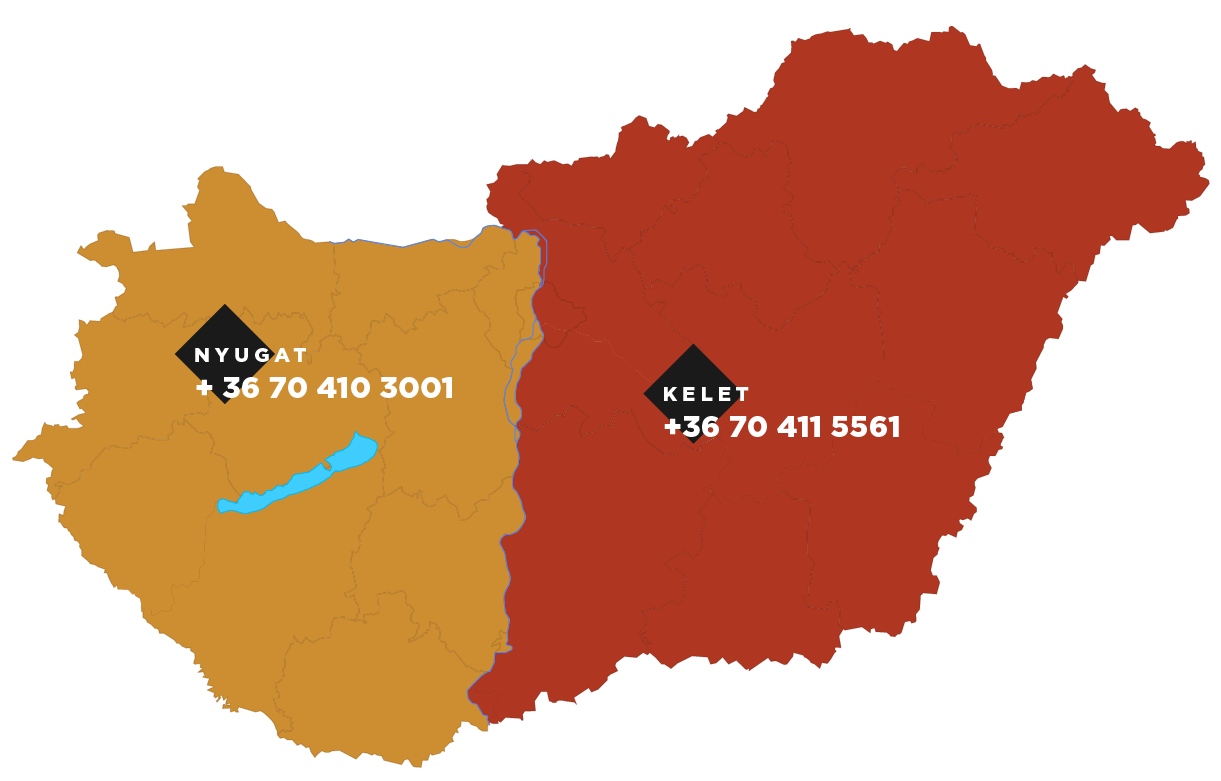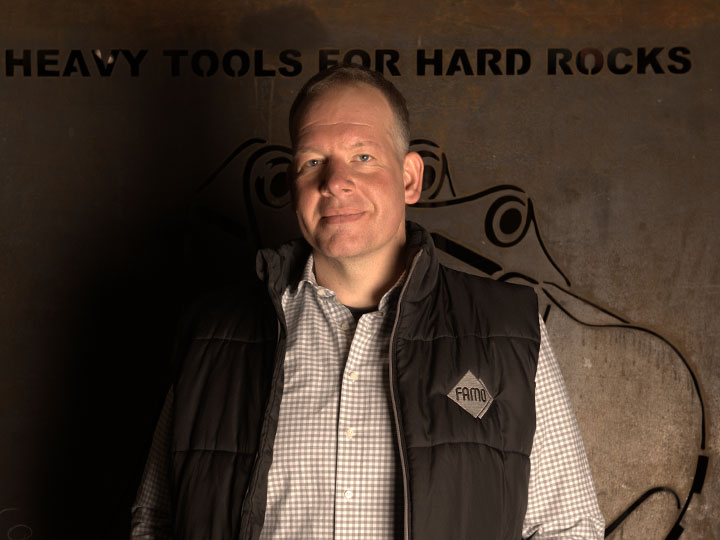How to select the appropriate teeth for your bucket
What is the most important factor to consider when choosing teeth for a spoon? Price? Or perhaps durability? There is another aspect that is far more important than the previous ones: how efficient it makes your machine. Due to poorly chosen teeth, the fuel consumption of the machine can increase significantly. The extra cost can far exceed the price difference of the teeth. However, with carefully-chosen teeth and cutting edges, productivity is improved, operating costs are reduced, and work is also safer.
Which shape to choose?
The shape of the tooth must always be selected according to the soil quality, which may be normal, rock or bound soil. Contrary to popular belief, the pointed tooth is meant for bound soil, while rocks can be excavated with rounded teeth that have a lot of wear. Where teeth fractures are common, it is recommended to choose short and flat teeth.
To select the right teeth for you, take a good look at the following picture:

RC, RE: Good penetration to rock, high wear
I: Short tooth, recommended when teeth fractures are common
L: General purpose teeth, suits a wide range of activities
SYL: General purpose, remains sharp during wear
P: Better penetration, self-sharpening, less wear
T, TL: Best penetration, least wear
What is the right size?
Manufacturers of spoon teeth design them according to the tensile power of a particular machine. If the tooth is often fractured, it is likely that the incorrect size was chosen for that particular machine. The tensile strength, ie the force exerted on the cutting edge, is proportional to the operating weight of the machine. Thus, a larger machine can exert more power. Let’s look at the CombiParts system as an example. Excavator and loader machines up to 50 tons are categorized into 8 groups. Based on the manufacturer’s table, you can simply select the teeth that fit your machine, as the ideal size is completely different for a 3- and 22-ton excavator.
The recommendations in the table refer to an average load. If your machine is exposed to harder conditions, always go for one size larger. For mining and quarrying, choose teeth 2-sizes larger than the recommended size (and cutting edge as well).
|
Weight of excavator (tons) |
Thickness of cutting edge (mm) |
Recommended tooth |
|---|---|---|
|
1-4 |
16 |
CombiParts Mini |
|
4-8 |
16, 20 |
CombiParts Midi |
|
8-10 |
20 |
CombiParts C0 |
|
10-15 |
25 |
CombiParts C1 |
|
15-18 |
30 |
CombiParts C2 |
|
18-25 |
40 |
CombiParts C3 |
|
25-35 |
50 |
ProClaws W09 |
|
35-50 |
50 |
ProClaws W10 |
One of our clients complained that the teeth he previously purchased from us were fracturing. After close examination of the problem, we found that teeth for a 16-ton excavator were used on a 50-ton machine.
What is the right size of the cutting edge?
The table above can also be used as a guide to select the right cutting edge. When repairing/refurbishing spoons, the cutting edge is often undersized, which is a problem because it weakens the entire structure. During operations, the cutting edge gets the most dynamic load, making it the most important load-bearing element on the spoon. If the cutting edge is worn, it will bend more easily, resulting in fatigue and eventually cracks in the spoon.
Top tips for tooth selection
1. Choose the right-sized tooth and tooth holder for your machine size!
2. Use normal teeth for earthwork, in case of rock work, quarry or heavier conditions, opt for pointed teeth.
3. In case of more extreme conditions, choose 1 or 2 sizes larger teeth and teeth holders!
4. Examine the condition of the teeth regularly. Replace them in time, so they will always deliver the best performance!
Changing a Combi Wear C-Rex teeth is simple as that. It only takes a minute.
With a carefully-chosen spoon and matching teeth you can save up to 5 million HUF a year. Read our case study and find out how!


